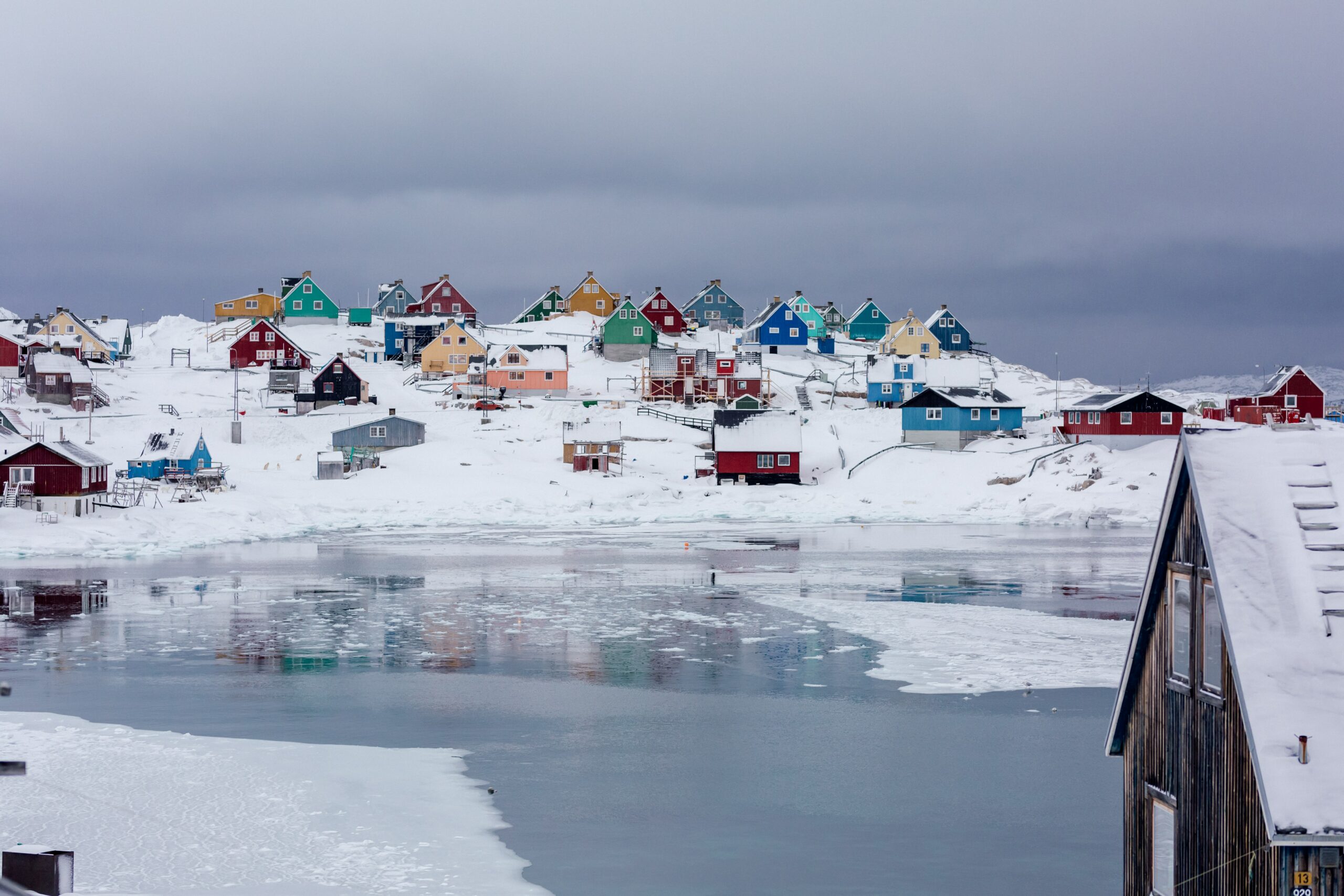
Denmark to investigate shameful campaign of population control in Greenland in the 60s and 70s
Between 1966 and 1975 Danish doctors implanted intrauterine devices (IUSs) in half of the indigenous women in Greenland to promote health and to stop the growth of the native population. Allegedly, few of the women – some of them as young as 13 – gave their consent.
Last week, the Danish Health Minister, Magnus Heunicke, announced that there will be a two-year investigation into the scandal. He said that he had met some of the women affected. “The pain, physically and emotionally, that they have experienced is still there today,” he said.
The campaign to insert IUDs was not a secret, but it took decades before Inuit women spoke out. And it was only when two journalists from the national broadcaster DR launched a podcast, Spiralkampagnen (“coil campaign”), that it became a political issue.
It seems that up to 4,500 women and girls – roughly half of all fertile women in the country – had an IUD implanted mostly between 1966 and 1970, but ending only in the mid-1970s.
The reasons appear to be straightforwardly paternalistic, racist, and economic. It was hailed in a 1972 issue of the Journal of Family Planning as a great “success”.
In 1953 Greenland became an integral part of Denmark. Denmark began to invest heavily in modernising infrastructure and social services. Danish workers (mostly men) flooded into the sparsely populated territory. Within a few years Greenland had the highest birth rate in the world, half of the population was under 16, and 25% of children were born out of wedlock.
Something had to be done. Danish authorities embarked upon a family planning campaign. The contraceptive of choice was an early version of an IUD because the doctors believed that Inuit women were too feckless to use condoms or pills effectively. Doctors told the journalists that they routinely inserted them in women without their consent. “Only a few women who’ve just given birth left the hospital without a loop, and the same was true for women who had abortions,” Jens Misfeldt, a former doctor in Greenland, stated in an article in 1977.
Young girls who were sent to Denmark for education in boarding schools were also given IUDs routinely. “They didn’t ask me before the procedure, and I had no idea what it was all about, or what the coil was,” one woman told the BBC tearfully.
Danish authorities believed that the indigenous population had to be controlled. “The fierce population increase meant that we had to increase our effort if we were to achieve improvements in living conditions,” the Danish Minister for Greenland told Parliament in 1970.
But nowadays Denmark has greater moral clarity about this shameful episode.
“We need to get it investigated to know whether or not it was actually a genocide,” says chair of Greenland’s Human Rights Council, Qivioq Loevstroem. “We don’t want a whitewashed report.”
